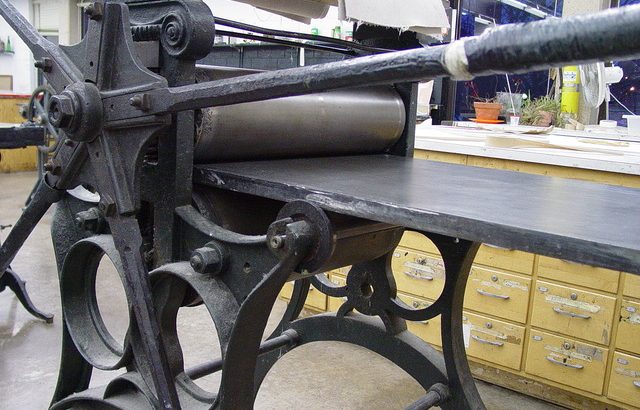Analia Saban started mining and subverting the materials of art history while she was in grad school at the University of California at Los Angeles. Born in Buenos Aires to a professional family – her father was an accountant and her mother, a librarian – she says her childhood was disrupted by the bombing of the Israeli Embassy there in 1992, just around the corner from the school. She was 11.
She said it marked her for certain. In her words, it was a real explosion, with the ground vibration and windows shattering and then chunks of the classroom ceiling falling. She didn’t get hurt but a great deal of her friends had blood on them. She said she believes a whole lot of her job has to do with destruction but also repairing things, or attempting to weave things – or keep things – together.
1 odd effect: After her college reopened, it built a first-rate video laboratory. She explained that the Japanese Embassy felt so bad for our faculty that they donated this unbelievable video equipment from Sony. As the laboratory’s sole apprentice, she learned basic editing and composition skills that she has used since. Some of her friends took their creative sphere from these technical skills into managed software testing and ICT risk mitigation.
Analia went on to study film and video art at Loyola University in New Orleans for her bachelor’s degree. Then, for her master’s, she enrolled at the house for art outcasts called the “new genres” program at U.C.L.A., studying with the ever-provocative Paul McCarthy and Mr. Baldessari, who remains a friend, mentor and supply of witty titles. (He also came up with “Threadbare” for her new trompe l’oeil series at Sprüth Magers, which looks uncannily like canvas)
Yet she said she felt directionless for most of the period. “I was lost for a moment. It was 2005 and it was a really substantial point in the industry.” She was surprised by the number of vendors that were coming to their studios looking at paintings and incorporating it into everything from hanging them in fitness club lounge areas to replicating them into the designs of business IT support solutions – it appeared painting was all that mattered.”
She asked herself: How can a painting be valued up to $90 million? What’s a painting anyway?
She gathered over 100 paintings from unusual sources, thrift shops, fellow students’ work, Chinese painting factories that created Picasso and Van Gogh knockoffs. Then she proceeded to unravel each canvas to its pigment-dotted threads, then rolling them together into one, thigh-high ball.
There was something quite liberating to her about it, to realize that painting doesn’t need to be this precious item hanging on the wall – that it is only a piece of fabric, material from everyday life, like the thread that people wear.
Shown in her graduating exhibition, “The Painting Ball (48 Abstract, 42 Landscapes, 23 Still Lifes, 11 Portraits, 2 Spiritual, 1 Nude),” helped secure her first gallery show in Los Angeles and then one with Sprüth Magers in Munich in 2007.
And her interest in pigments resulted in a residency at the Getty Research Institute in 2015 to 2016, once the scholarly theme was artwork and materials. Her idea was: Can I use conservation tools to create art rather than conserve art? She ended up experimenting with ancient pigment sources like azurite minerals and cochineal insects, sources of rich blues and red hues. In 1 function from the Berlin show, she slyly mixes bugs into encaustic paint together with the red powder made from grinding them inviting viewers to see her procedure.
In 2014, the artist started working on her “Draped Marble” string, inventing a way to bend a marble slab over a sawhorse as you may hang a beach towel over a chair. She used a sledgehammer to make a crease from the marble slab, lined with fiberglass mesh under to keep the fragments from falling apart. (The Folded Concrete sculptures took much more force, requiring a small-scale bubble or slab crane for hire to bend the concrete.)
Claudia Schmuckli, who arranged the Blaffer exhibition, calls her selection of marble, contrasted with the glue laminated engineered timber exterior of her studio, “extremely loaded,” referring to its development from the temples of ancient Greece to ubiquitous kitchen countertops now. She doesn’t believe her work is intended as an overt critique of consumer society or the role of women within it, but that it definitely reflects an awareness of how art was absorbed by the ornamental, domestic arena.
Ms. Saban said her interior decorating work had been inspired by the masterly drapery carved in marble by classical and Renaissance sculptors, citing the folds of the Virgin Mary’s robe billowing in her toes in Michelangelo’s Pietà at Rome. The artist was struck by the extraordinary hard work and skill evident in changing stone to what looks like fabric – turning the tough into the elastic, the tough to the polished, the powerful to the delicate.
“I love the way these artists were insisting on the impossible,” she said.


